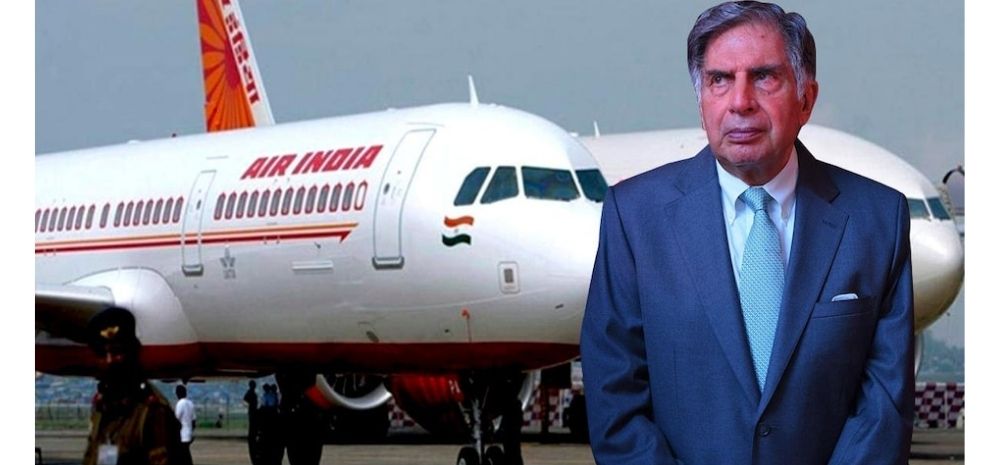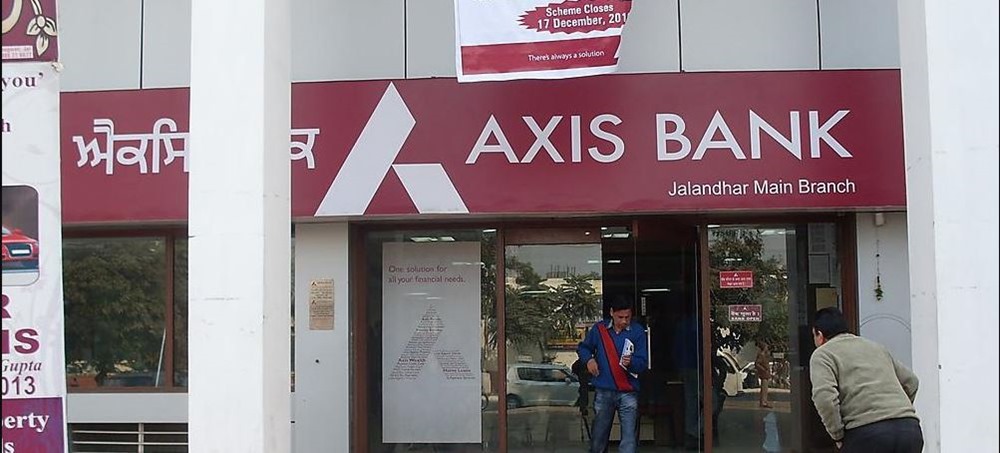Air India, the flag carrier of India, has been undergoing a significant transformation since its acquisition by the Tata Group in January 2022. The airline recently released its financial results for the fiscal year 2023, revealing the extent of the challenges faced and the progress made under the new management.

Impairment Charges and Reduced Losses
Air India reported a substantial write-off of approximately ₹7,000 crore ($927 million) in FY23, primarily due to impairments stemming from faulty aircraft, engines, and losses incurred by its low-cost subsidiary, AirAsia India. Despite these one-time charges, the airline managed to reduce its net loss to slightly over ₹2,500 crore, a significant improvement from the ₹9,556 crore loss recorded in the previous fiscal year.
The write-offs were largely attributed to Air India’s aging fleet and the consolidation of AirAsia India, with Air India absorbing the majority of the latter’s losses. However, excluding these exceptional items, Air India’s underlying financial performance showed signs of improvement, with the airline achieving EBITDAR (earnings before interest, taxes, depreciation, amortization, and restructuring or rent costs) positivity, indicating profitability at the operating level.
Restructuring Efforts and Operational Improvements
Under the leadership of the Tata Group, Air India has embarked on a comprehensive restructuring plan aimed at improving operational efficiencies and reducing costs. The airline has been consolidating its subsidiaries, with Air India Express merging with AirAsia India and Vistara set to merge with Air India. This consolidation is expected to streamline operations and create synergies within the group.
Air India has also been focusing on modernizing its fleet and systems, with plans to auction off or retire old aircraft while prioritizing safety. The airline has allocated $400 million for the revival and refurbishment of its existing fleet. Additionally, Air India’s new CEO, Campbell Wilson, has been tasked with creating a customer-centric and service-oriented culture, aiming to improve the overall passenger experience.
The airline’s efforts have already started to yield positive results, with a 25% improvement in unit revenue and a 5% increase in load factors. Despite operating with lower capacity, Air India’s daily revenue has increased from ₹70 crore before privatization to ₹100 crore under the new management.













